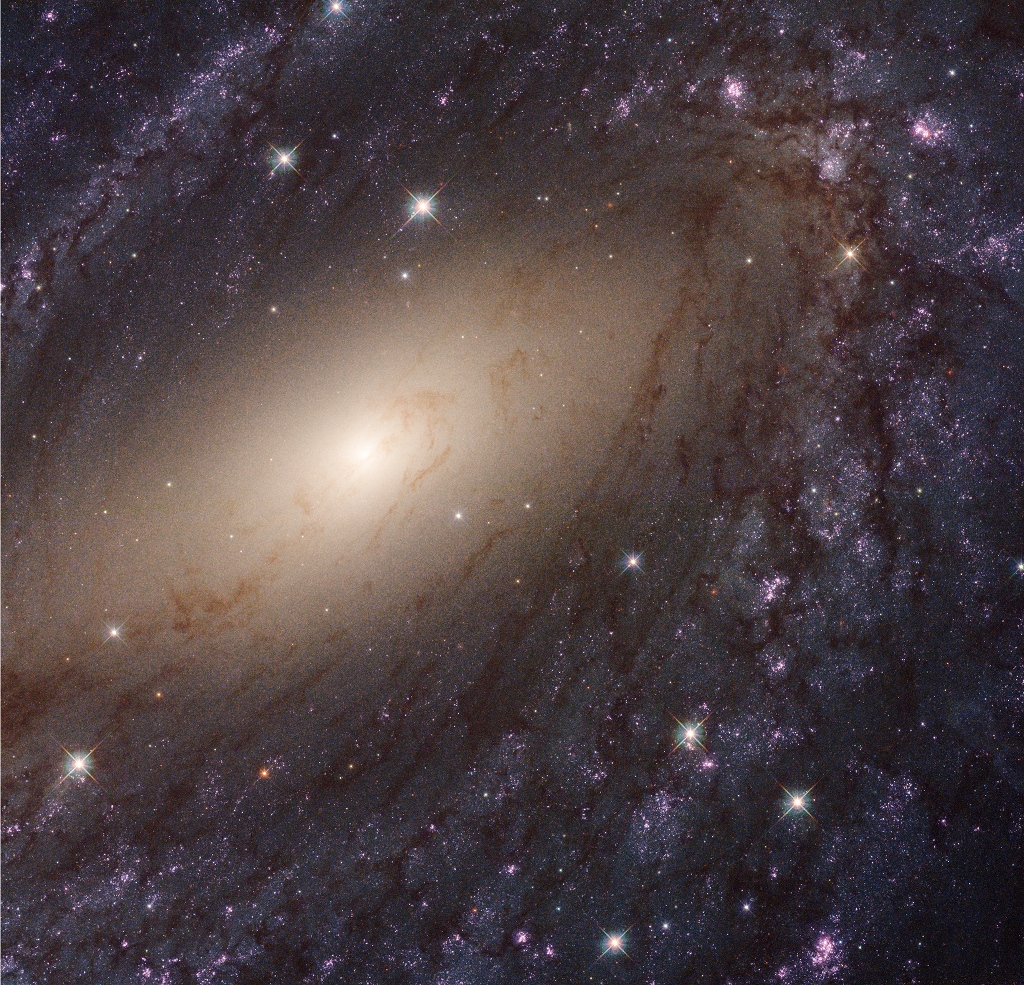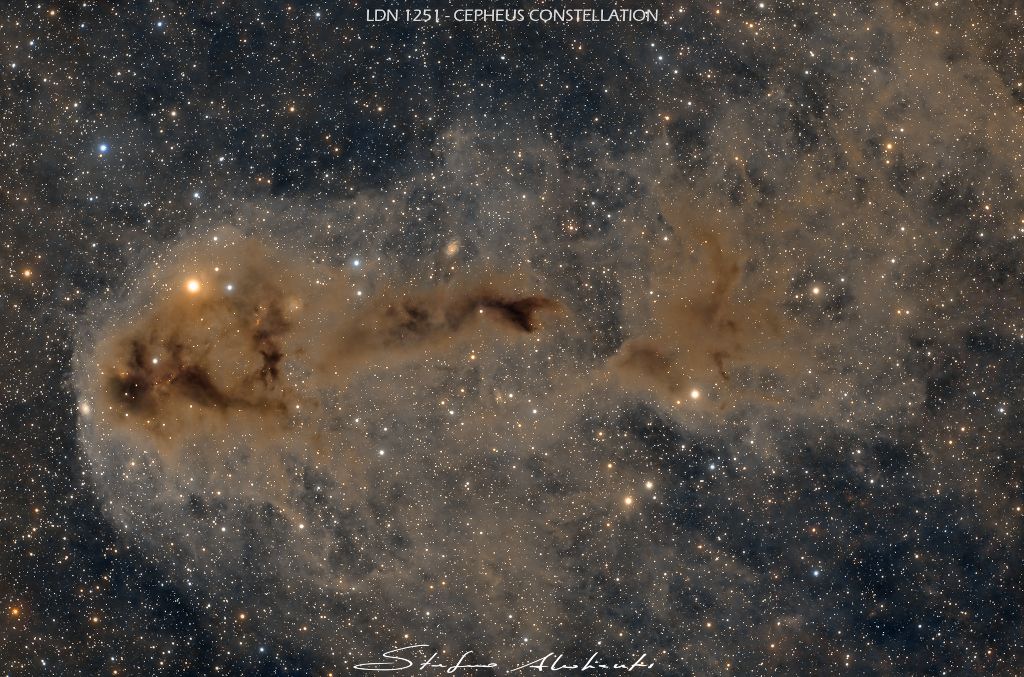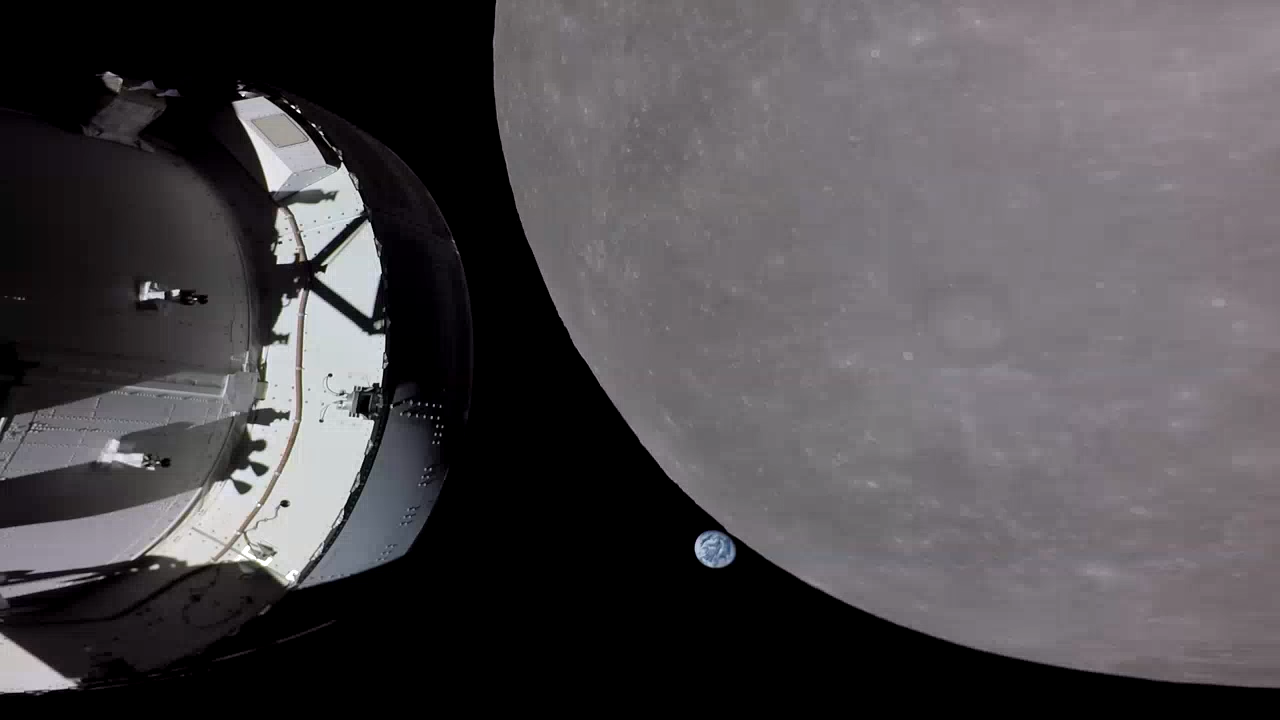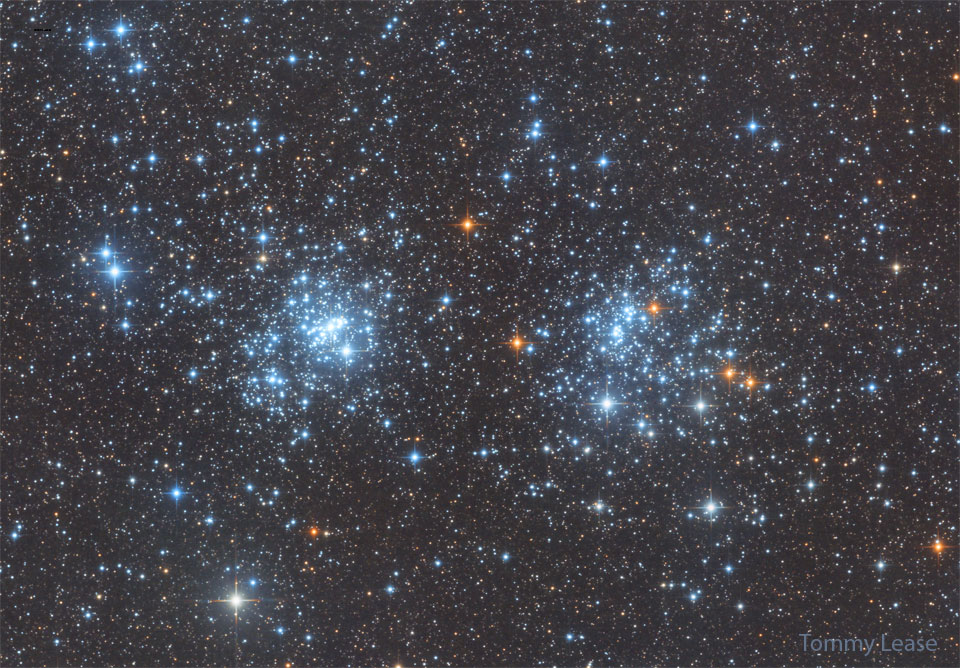
NGC 6744: Extragalactic Close Up




NASA has selected Rocket Lab USA Inc. of Long Beach, California, to provide the launch service for the agency’s Time-Resolved Observations of Precipitation Structure and Storm Intensity with a Constellation of Smallsats (TROPICS) mission, as part of the agency’s Venture-class Acquisition of Dedicated and Rideshare (VADR) launch services contract.
from NASA https://ift.tt/Ct8fdb7
via IFTTT

NASA and SpaceX now are targeting 2:20 p.m. EST Saturday, Nov. 26, to launch the company’s 26th commercial resupply mission to the International Space Station.
from NASA https://ift.tt/3CDVYOe
via IFTTT
NASA is seeking public comments on a draft environmental impact statement for the agency’s Mars Sample Return (MSR) campaign. Comments are due by Monday, Dec. 19.
from NASA https://ift.tt/KrHLjXm
via IFTTT


NASA has awarded the NASA Financial Support Services (NFSS) contract to MM Technologies LLC (MMT) of Huntsville, Alabama, to provide financial support and related services…
from NASA https://ift.tt/IeWLFDo
via IFTTT